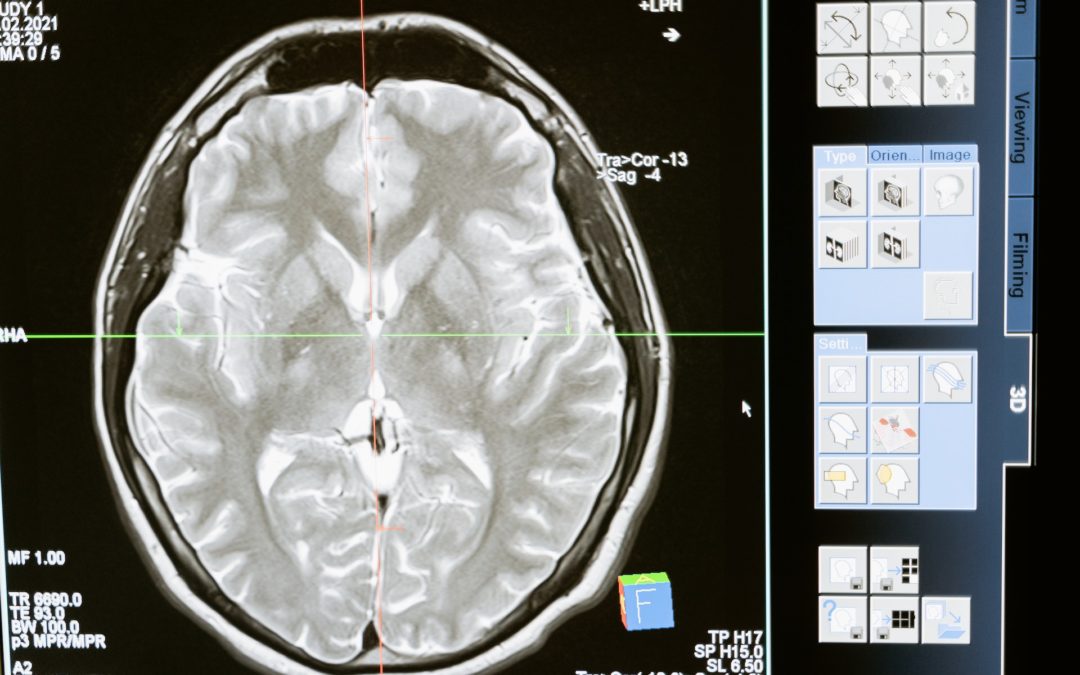The future of medical practice may be in the hands of computers, allowing patients to see a doctor before they get sick. AI technology could allow doctors to diagnose and treat diseases more accurately and efficiently.
Medical imaging and data collected in clinics and in electronic medical records can be used to improve the efficiency and effectiveness of medical care. The data collected and stored in these records can be used to develop new AI-based treatments.
The applications that are currently being used in medical practice will continue to change the way researchers and doctors approach problem-solving.
Although some of the algorithms currently being used in medical practice can outperform doctors in certain tasks, they are still not fully integrated into the practice’s day-to-day operations. This is because many regulatory issues still need to be resolved before they can be fully utilized.
Due to the increasing number of data points generated in healthcare systems, many clinical problems are ripe for AI applications. Here are two recent applications that can help improve the accuracy of diagnosis and treatment.
One of the most common applications of AI in medical practice is image classification. In 2018, a group of researchers developed an AI system that can perform better than doctors in analyzing chest radiographs. The system, known as DLAD, was developed by a team of researchers from Seoul National University Hospital.
In 2018, a group of researchers from Google AI Healthcare developed an AI system that can perform better than doctors in analyzing histology slides. The system, known as LYNA, was able to identify the presence of cancer cells in lymph node biopsy samples. This isn’t the first time that AI has been used to perform this type of analysis. However, it is very interesting to see how this algorithm can identify suspicious regions in the tissue samples.
Other imaging-based algorithms have also shown the ability to improve the accuracy of doctors’ diagnoses. In the short term, these systems can help them double-check their patient data and interpret it faster. However, in the long run, these systems could be used independently in the clinic to help doctors focus on more complex cases.
The development of LYNA and DLAD by Google and other researchers has shown the potential of AI in medical practice. These systems can help improve the accuracy of diagnosing and treating patients by showing doctors the various features of images.
One of the most important factors that doctors and programmers need to consider when it comes to developing AI systems is the proper understanding of the algorithms’ limitations. This can be done by removing the secrets of the system’s functionality so that a wider audience can evaluate it and identify potential errors. Unfortunately, despite the potential of AI in medical practice, we are still not at the level yet where we can safely operate systems that can perform the same tasks as doctors.

